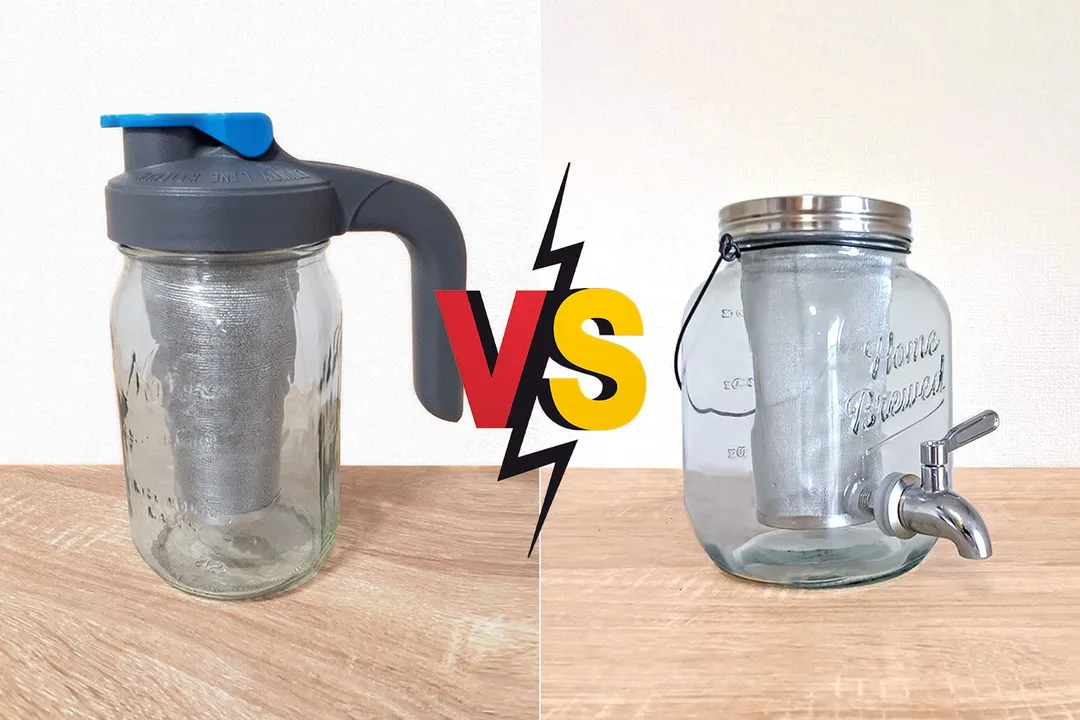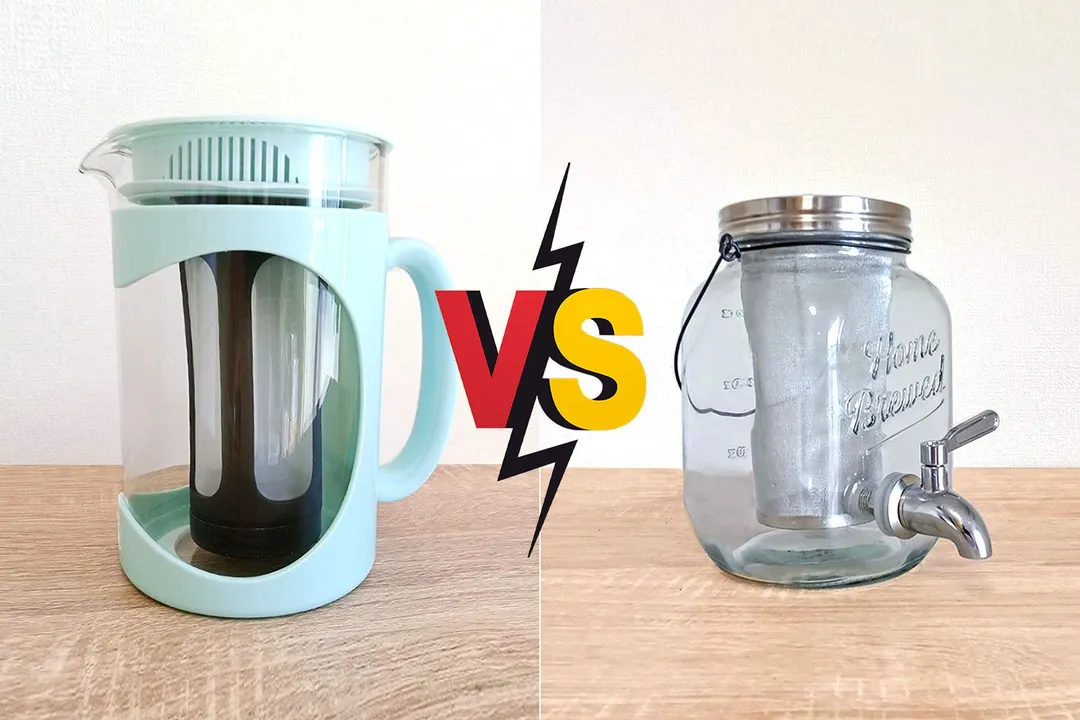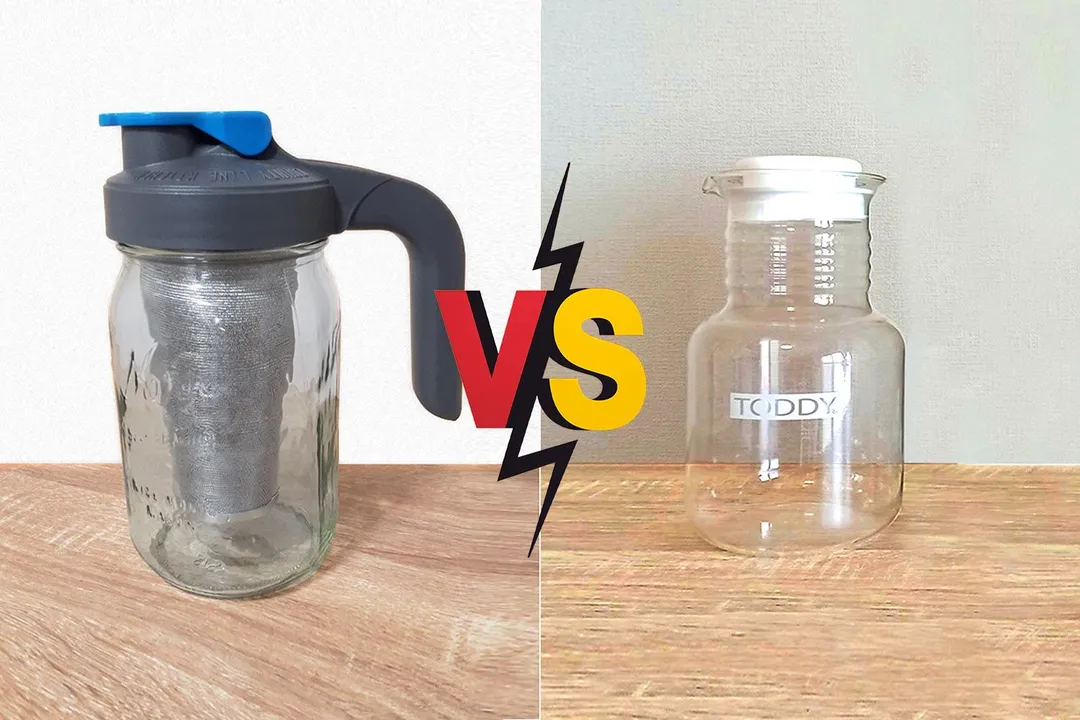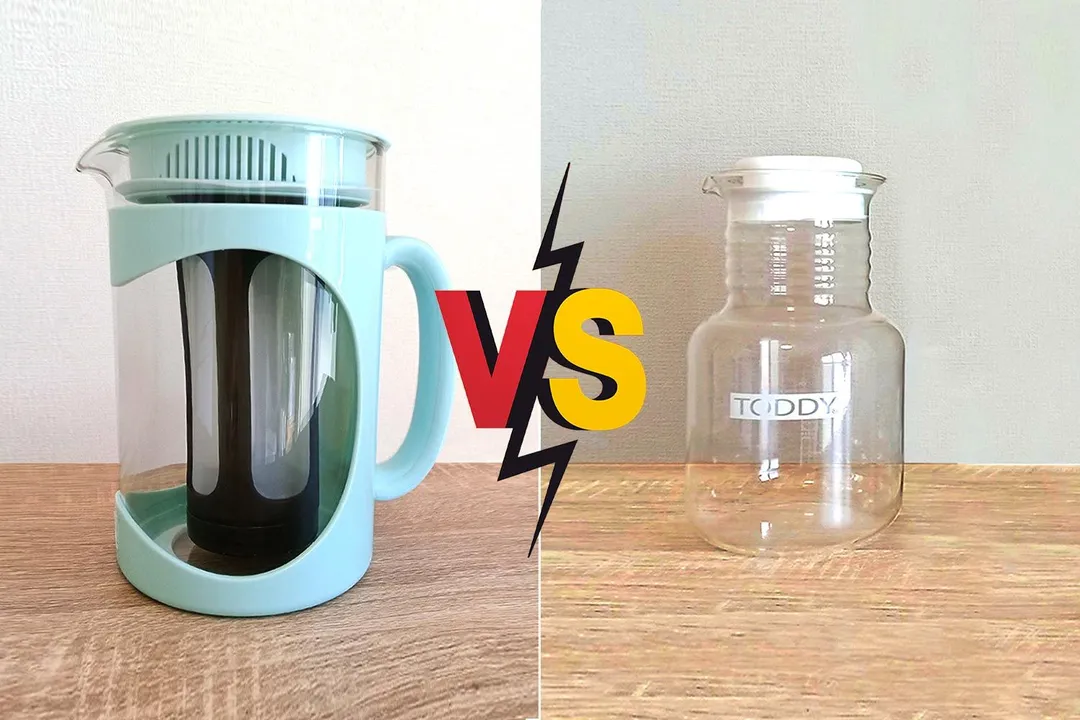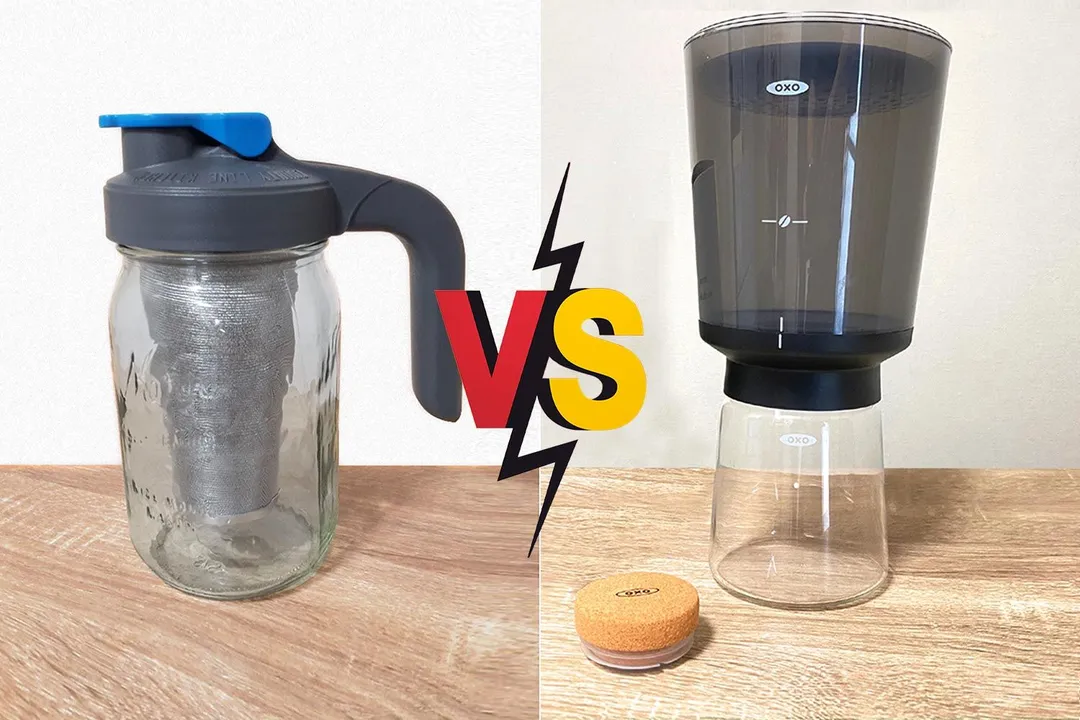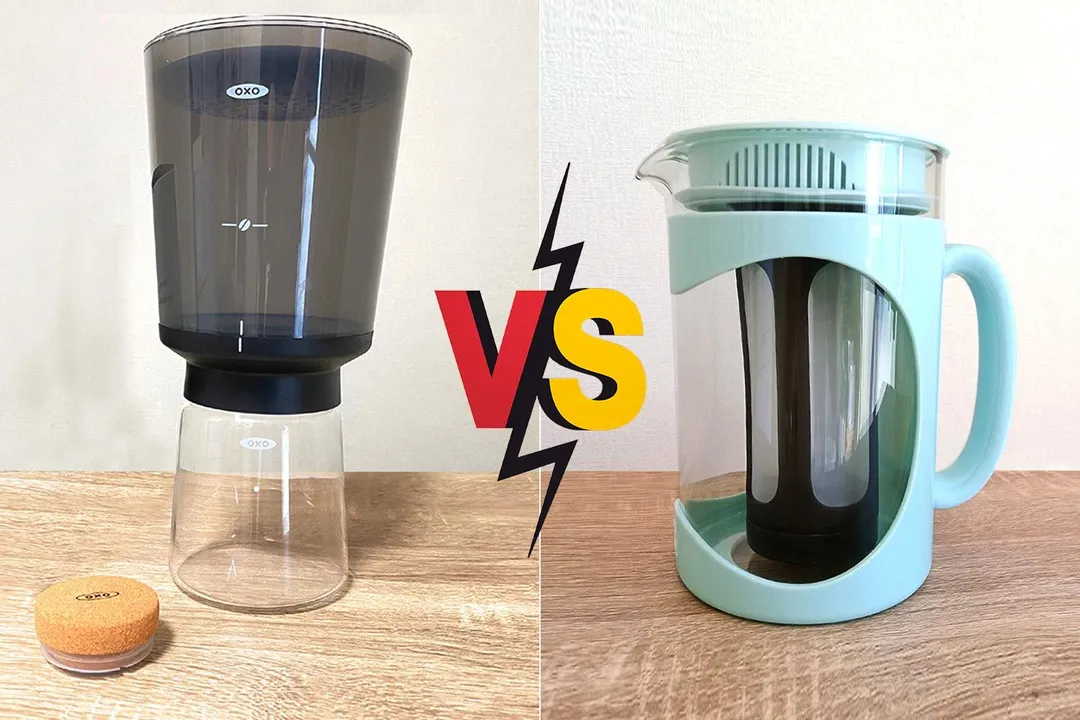Our recommendations are made independently through Research & Testing. We may receive commissions from purchases made via our links.
Primula Burke vs County Line Kitchen Side-by-Side Comparison
Primula Burke vs County Line Kitchen cold brew coffee maker. A brewer that fails on fundamentals and one that gets it right.
Primula Burke Deluxe
Tested Using Methodology v1.0County Line Kitchen
Tested Using Methodology v1.0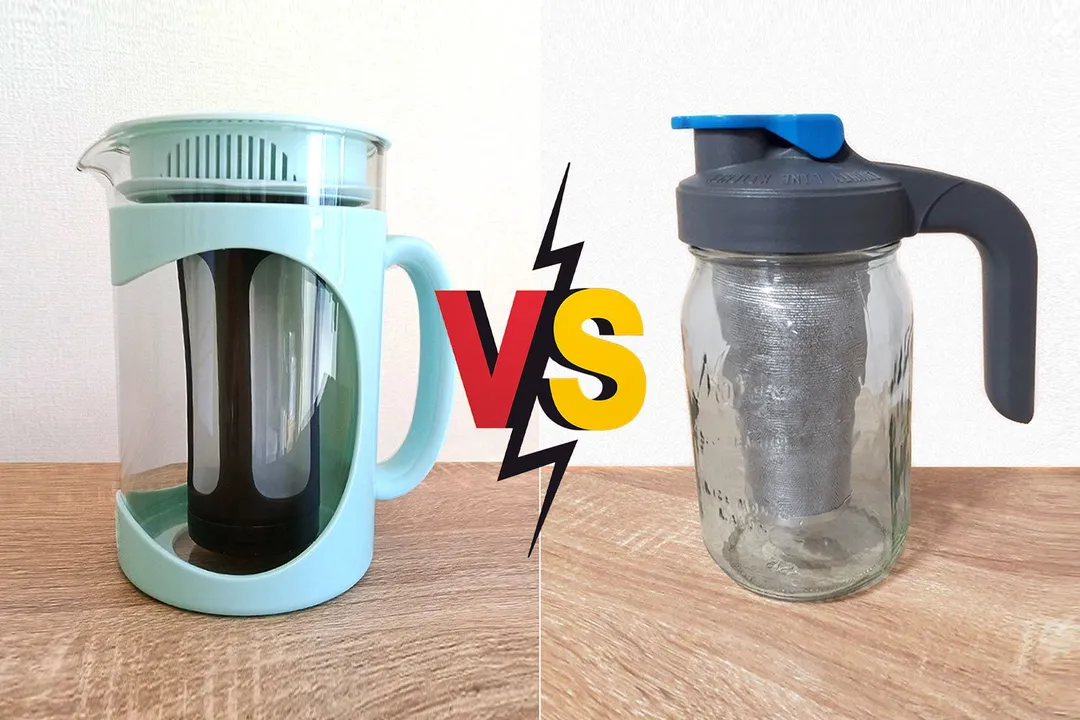
Overall Verdict
The Primula Burke, despite its thoughtful design, fails as a cold brew coffee maker because of its oversight in the filter design. The fine polyester-type mesh of the filter lacks sufficient cross flow for a decent brew to develop.
It has a glass body with a plastic jacket and the lid is well-designed. The lid simply twists to pour or you can remove the inner core to insert the filter or stir the contents. The County Line Kitchen excels with its screw-on plastic lid with a flip cap for pouring. You can also choose a lid with a handle or one without.
That said, the County Line Kitchen produces an excellent-quality brew. The stainless steel mesh filter means you can also use it for hot beverage brewing. It also fits neatly into most refrigerator door bins whereas the Primula would require a gallon door bin.
Pros & Cons
- Detachable filter base
- Protective plastic jacket
- Lid design
- Easy to clean
- Thick glass
- Versatile product
- Minimal packaging
- Packed and shipped in the US
- Robust and durable
- Airtight silicone gasket
- No measurement markings
- A little heavy
- Weak brew strength
- Brew strength average
- Filter not so effective
Key Specs
Where to Buy
*You help support HealthyKitchen101's product testing and reviews by purchasing from our retail partners.
Analysis and Test Results
Brew Quality
Bouquet
Drinkability

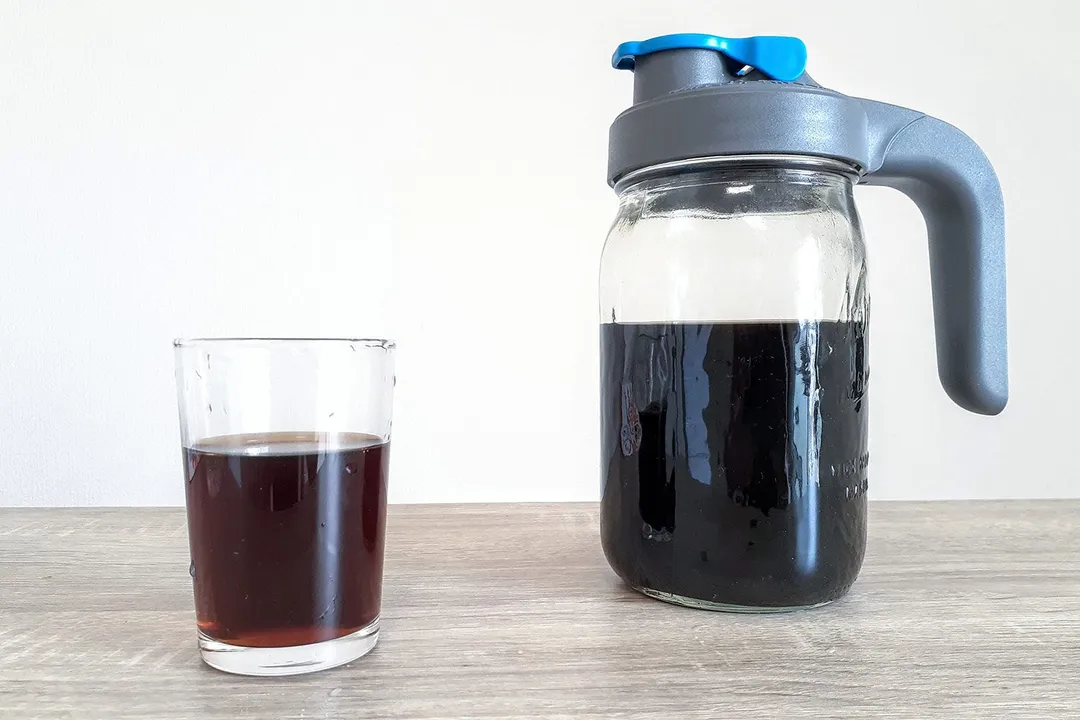
Sediment
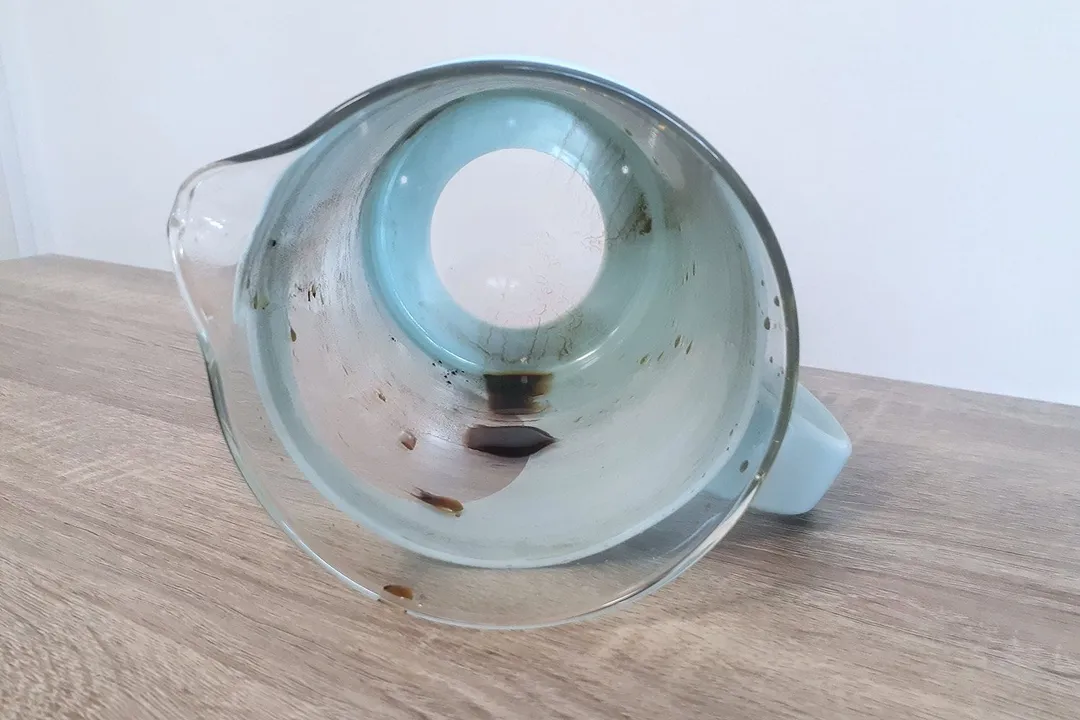
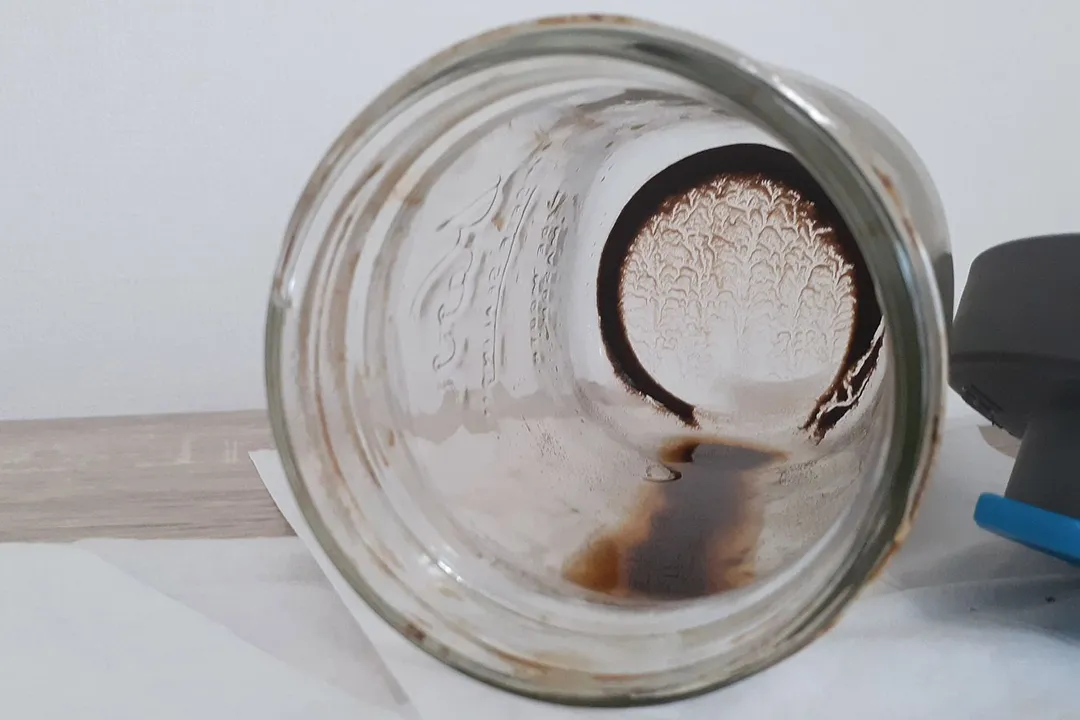
Design
In the Box


Decanter
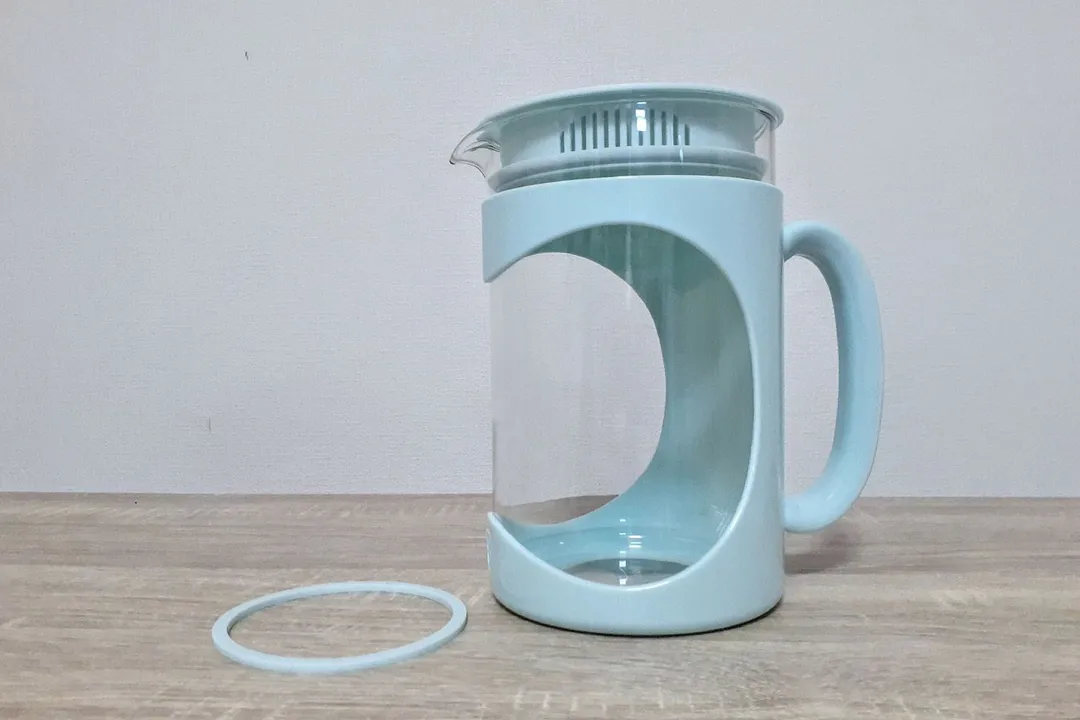

Stopper / Lid
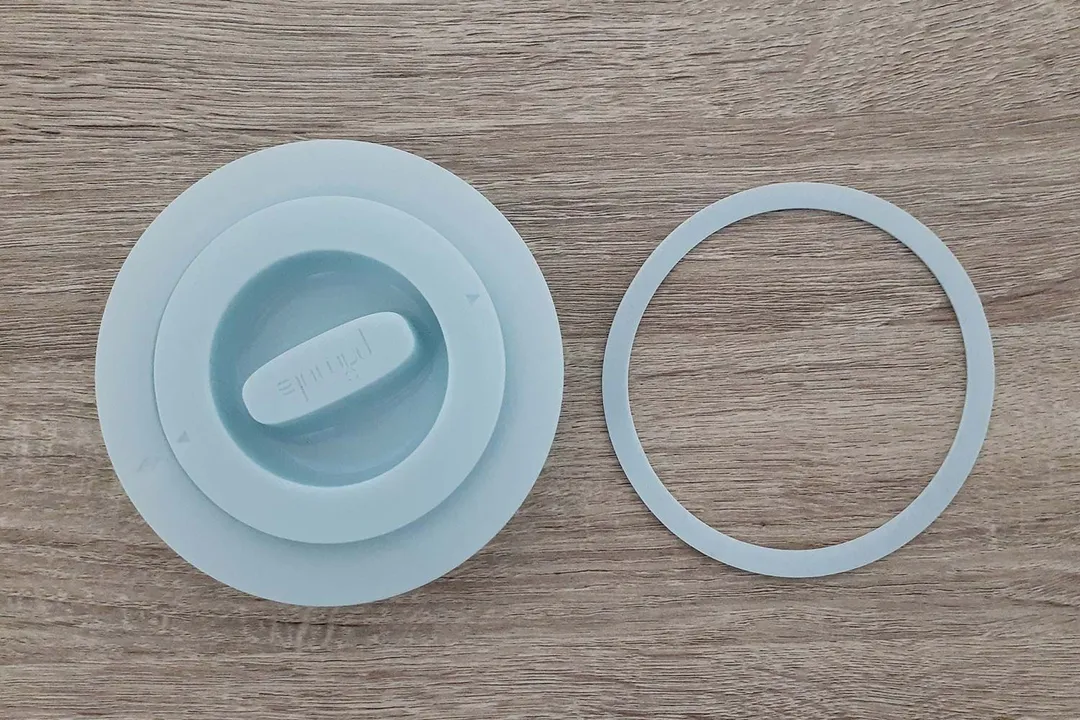
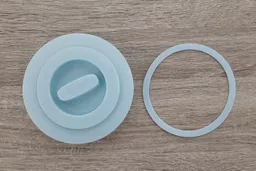

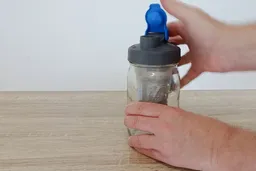
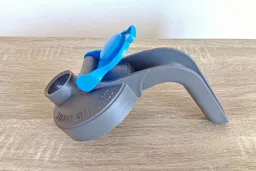

Filter
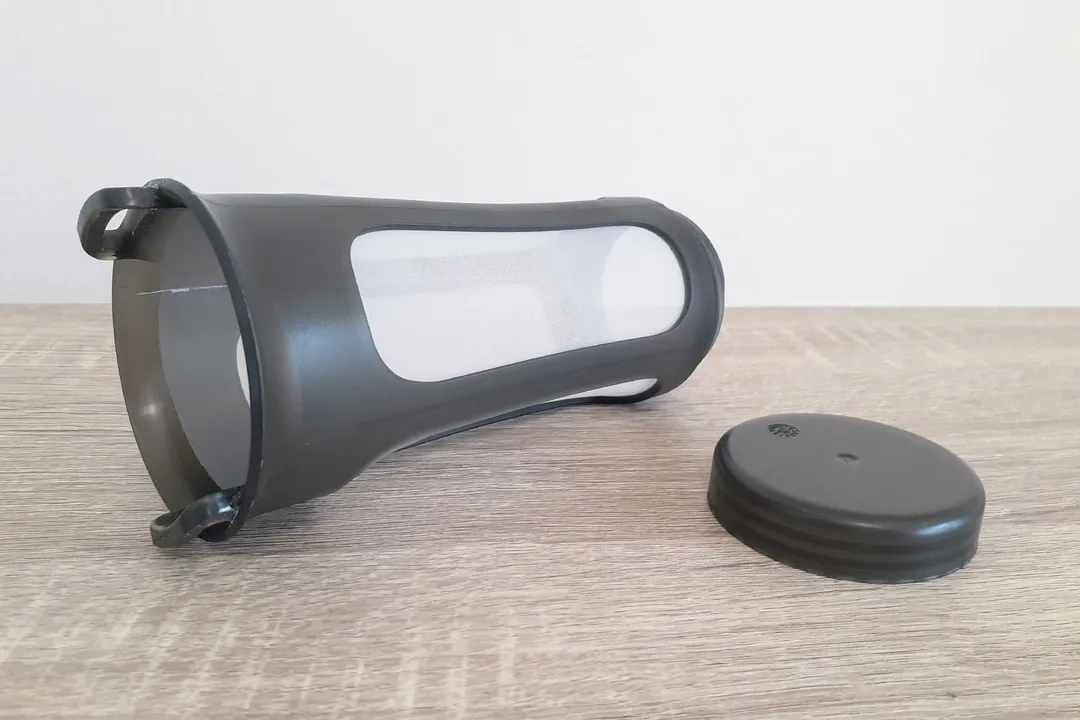
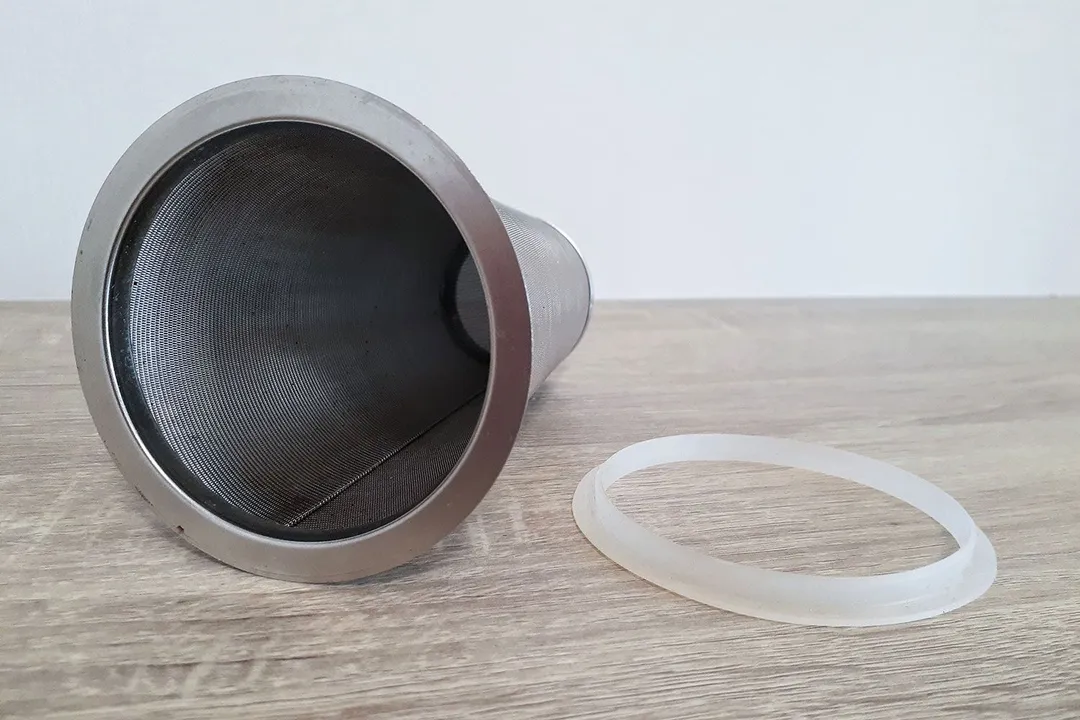
Build Quality

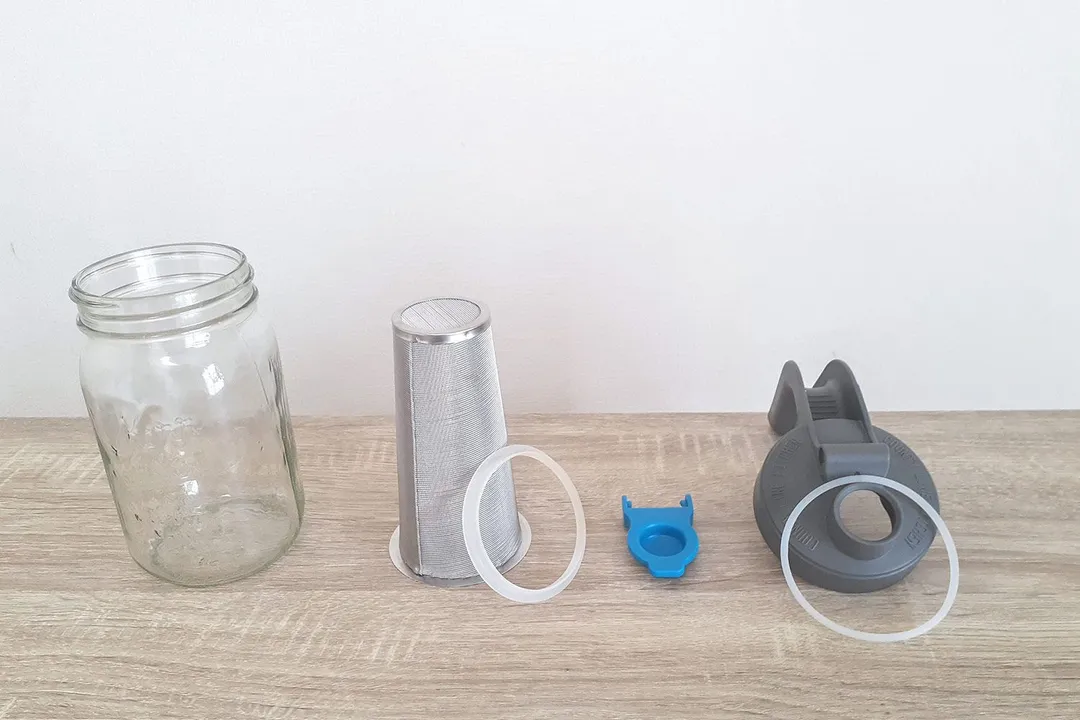
Usability
Brewing
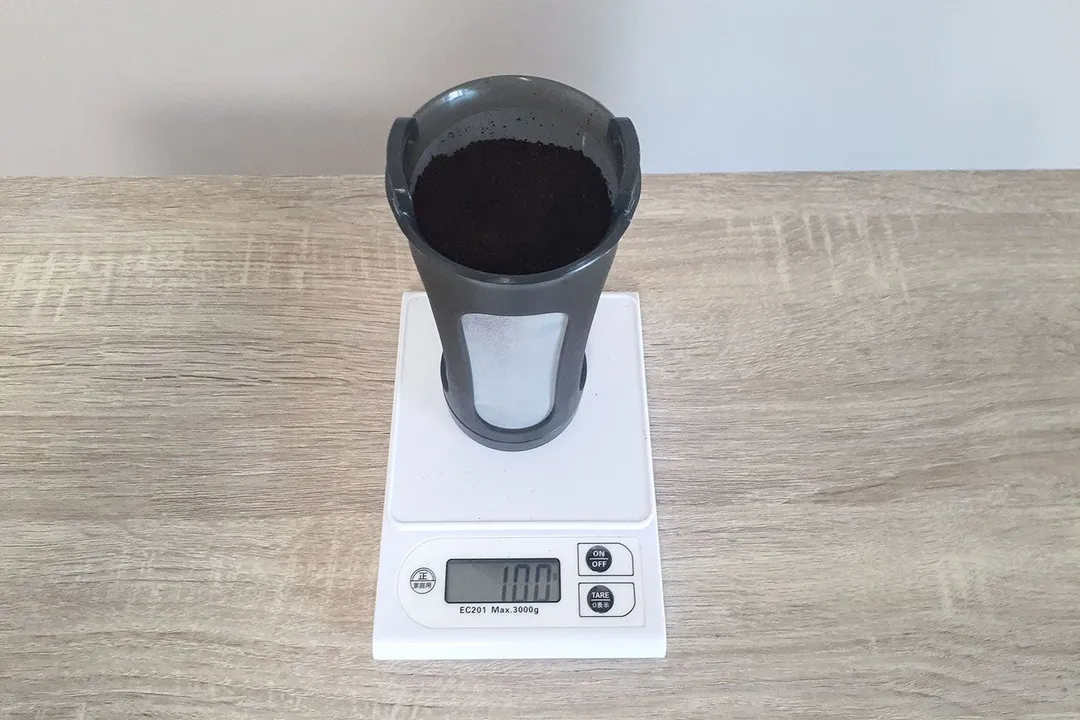
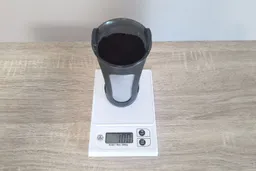
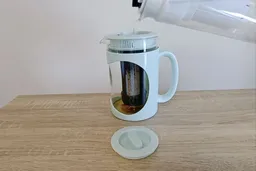

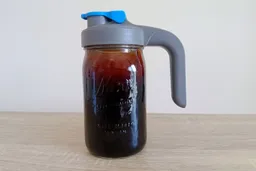
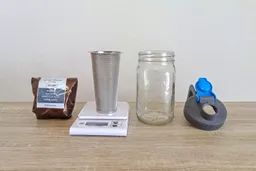
Decanting
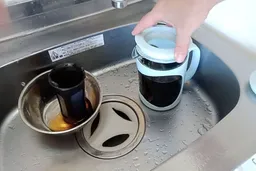
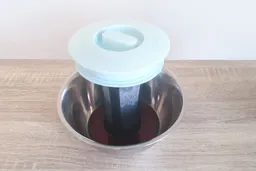
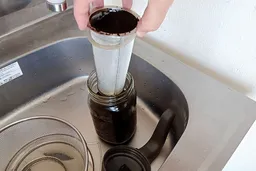
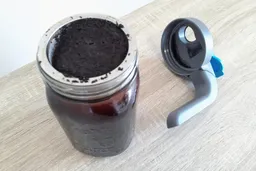
Cleaning and Storage
Behind the Comparison
Roger Shitaki is a writer, author, and editor. His niches are household appliances, health & wellness, and travel. He’s a freelance contributor to a Tokyo lifestyle website and a leading ophthalmology magazine in Asia.

